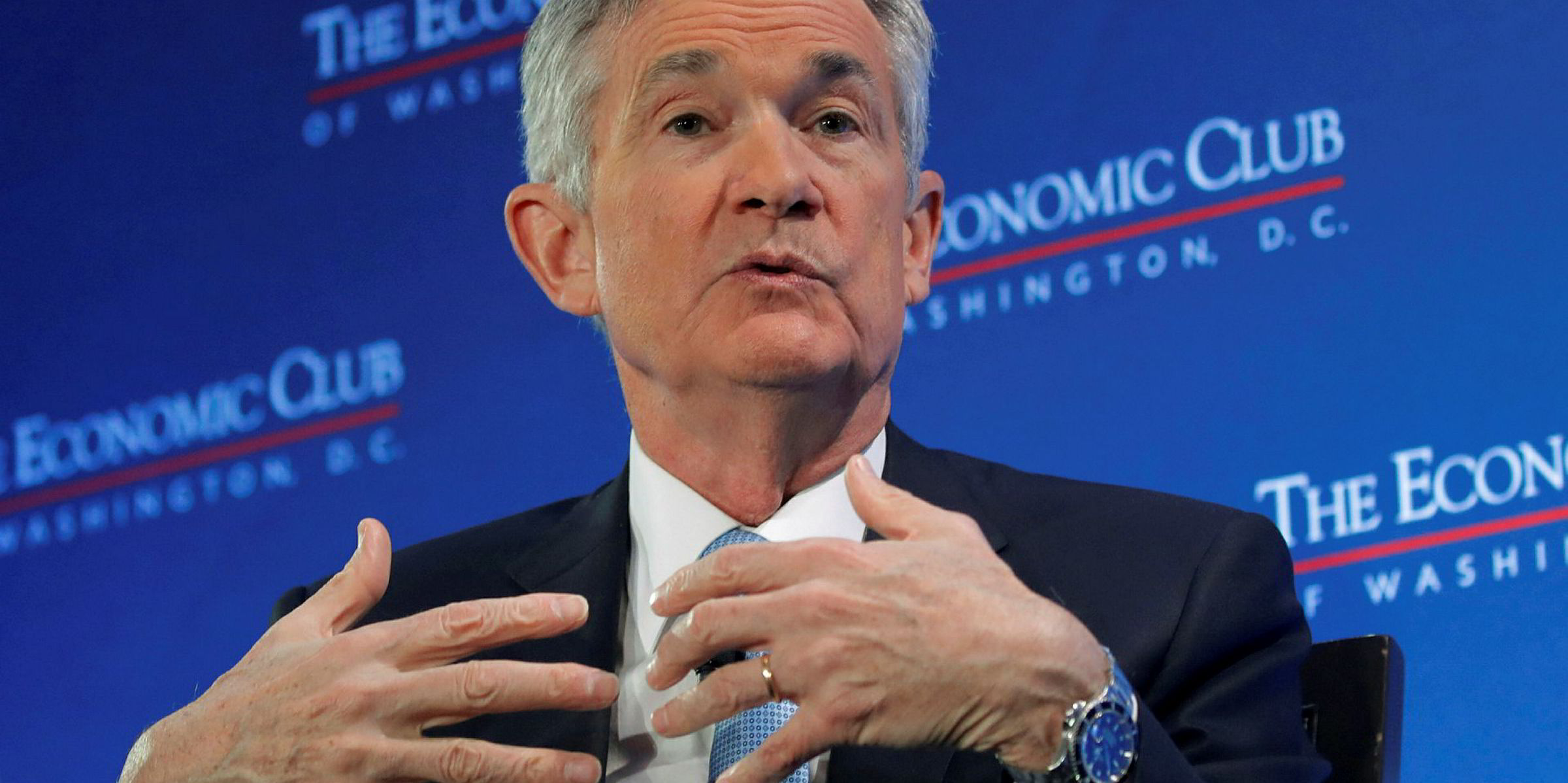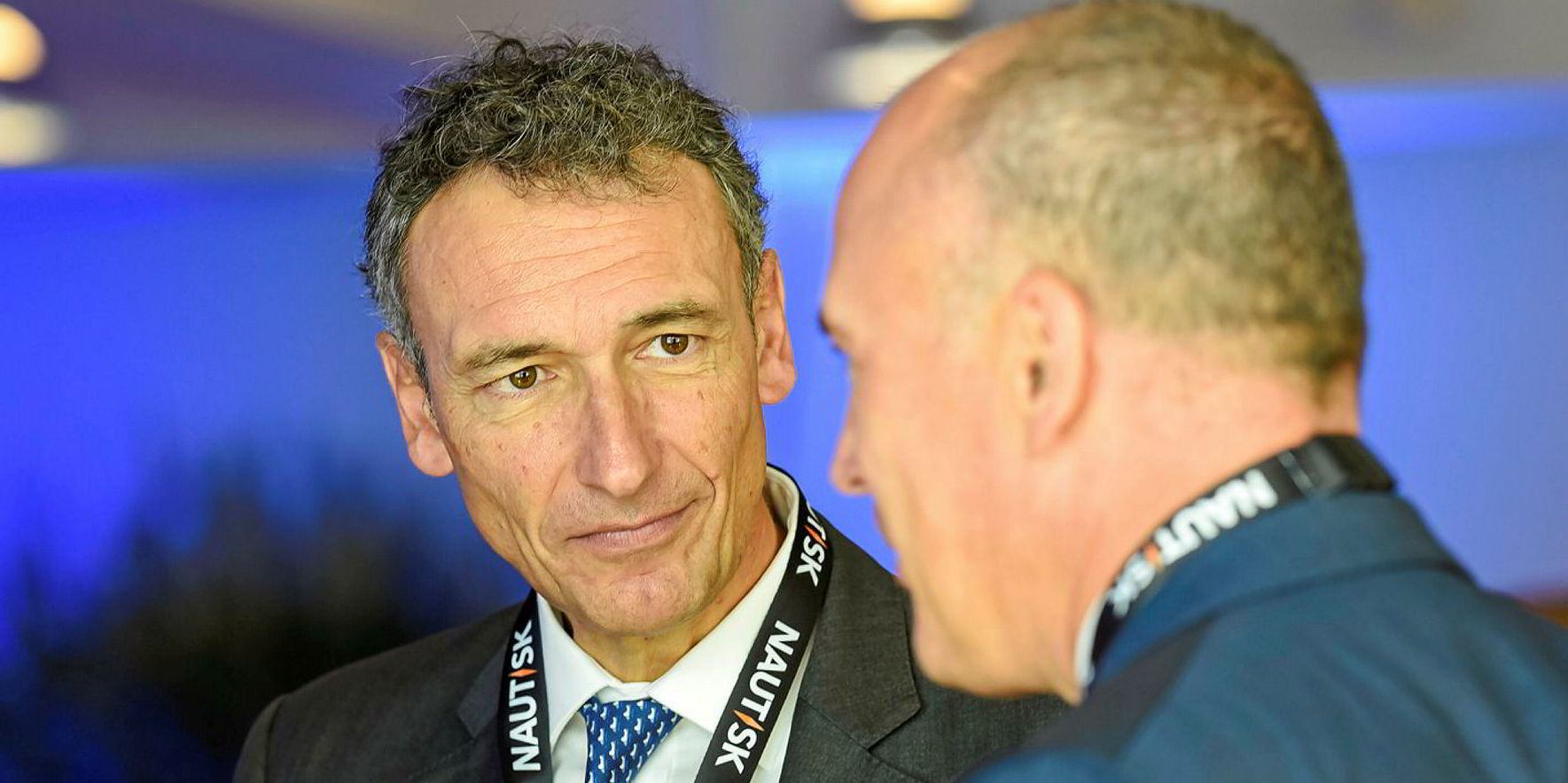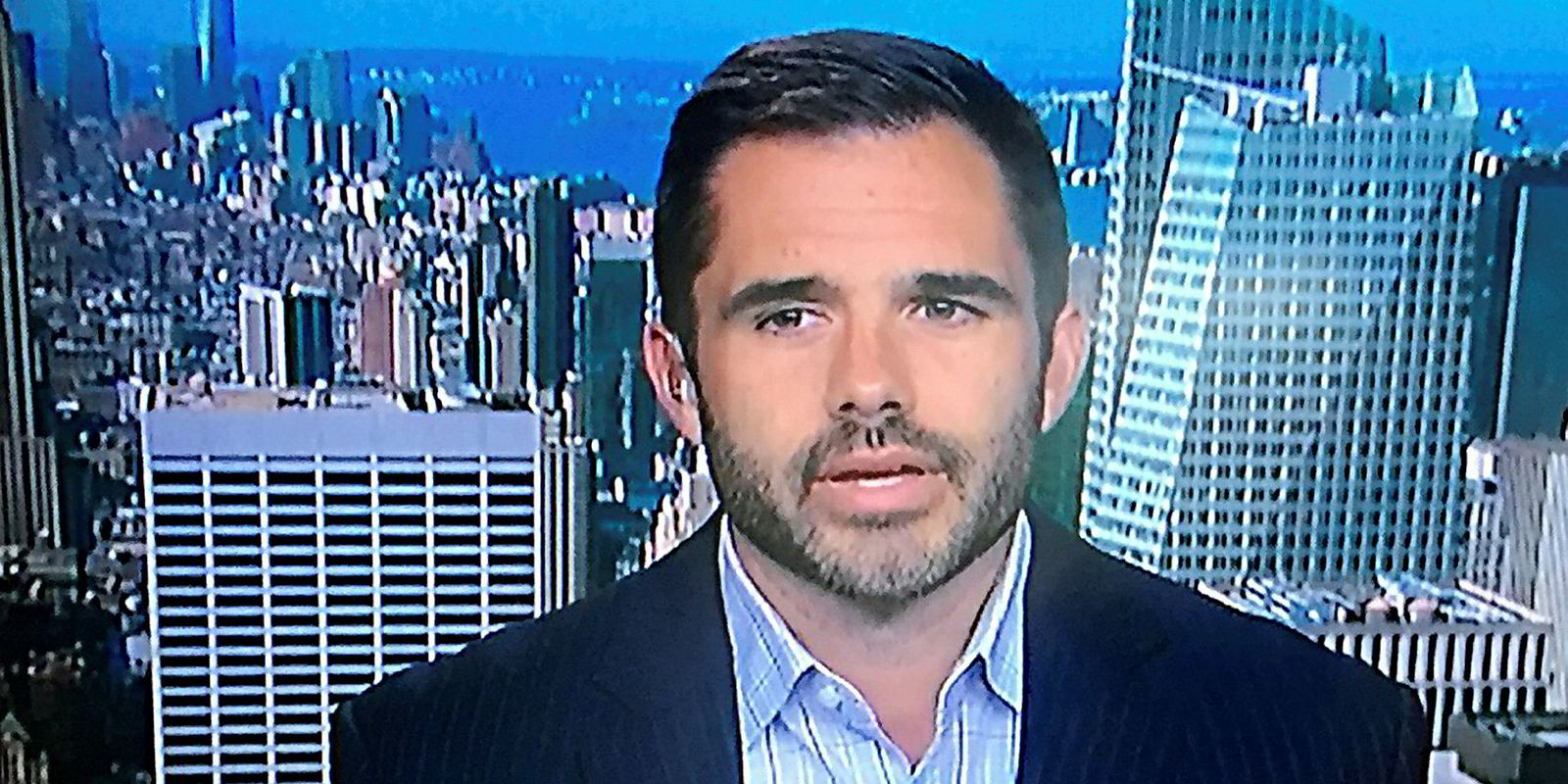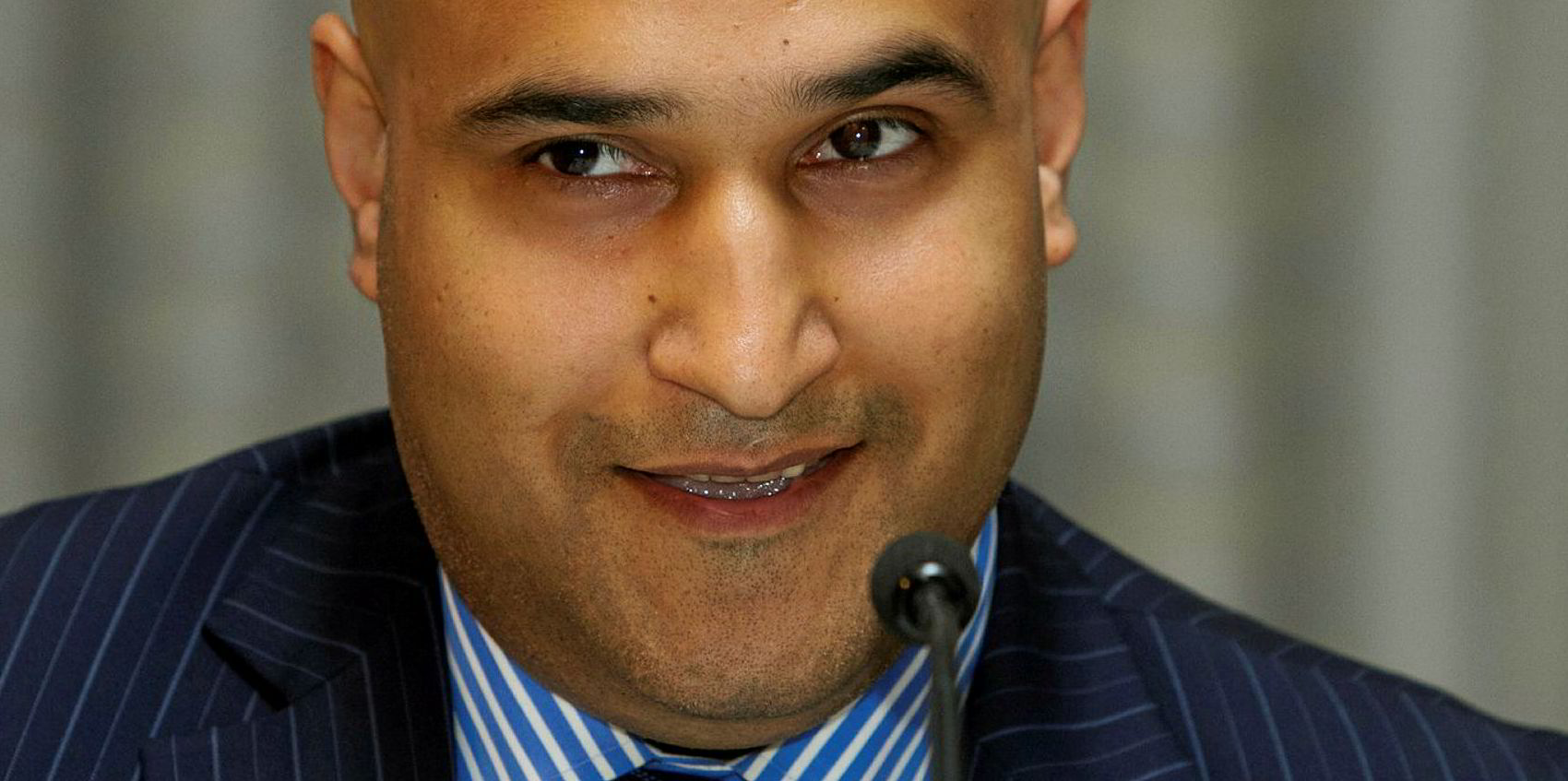Looking back at 2018, it becomes clear that it marked the end of a long cycle.
Volatility returned to markets as investors demanded a higher premium for the risk they were willing to take on, sending asset prices lower despite strong earnings growth.
At the same time, tighter regulation drove liquidity down, further amplifying market volatility. And, at the end of the day, uncertainty prevailed globally — and one thing markets loathe is uncertainty.
Slow global growth
Going into 2019, we expect global economic growth to slow, but no imminent recession.
In the US, we forecast growth coming down this year to 2.4% from 3% in 2018.
While the US economy remains in solid health with strong jobs' growth and increasing wages, business sentiment is eroding as the US and China face off on trade at the same time as investors are anxious about the US Federal Reserve’s path for further interest rate rises.
In Europe, we expect 2019 growth of 1.6%, down from 1.8% last year, with risks clearly tilted towards the downside.

European political developments will be key this year, as will the direction that the European Central Bank takes, having set expectations for a potential rate rise last September.
The key growth issues we will be watching for this year centre around the US and European central banks and what monetary tightening steps they take
We expect Chinese economic growth to reduce to 6.1% from 6.6%, as the world’s second-largest economy contends with financial deleveraging and ongoing trade tensions with the US.
Unsurprisingly, Chinese export growth has started to slow. However, Chinese policymakers still have a number of levers at their disposal to support the economy if required.
Chinese authorities already lowered the household tax rate at the end of last year and recently indicated future initiatives to encourage the purchase of cars and white goods.
Signs of a rebound
Emerging markets suffered badly in 2018, but are showing signs of a rebound, particularly as the US dollar weakened towards the end of last year.
The key growth issues we will be watching for this year centre around the US and European central banks and what monetary tightening steps they take.
In the US, the Federal Reserve has implied three rate rises for this year, but chairman Jerome Powell recently took a more cautious tone, pledging “patience”.
Meanwhile, forward guidance from the European Central Bank suggests a first rate rise in September of this year, but this will rely heavily on euro area data pointsin the months ahead. Significant US dollar erosion against the euro could emerge should this course prevail.
We expect a positive return to equity markets in 2019, but a bumpy road ahead. However, we see market volatility as not necessarily a bad thing.
Indeed, volatility provides opportunities for tactical advantage by active investors. In fixed income, we are more cautious, particularly among lower-quality issues.
It will be difficult to make money in bonds, given all markets are currently posting negative returns.





